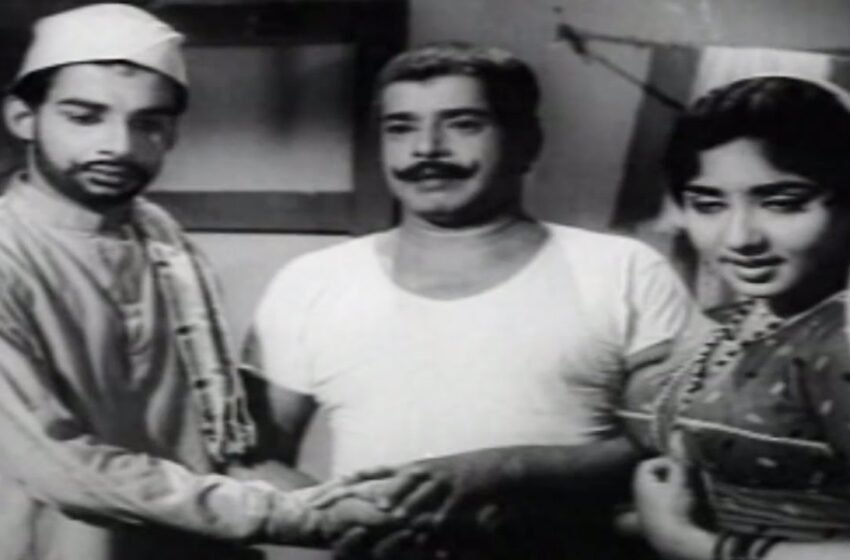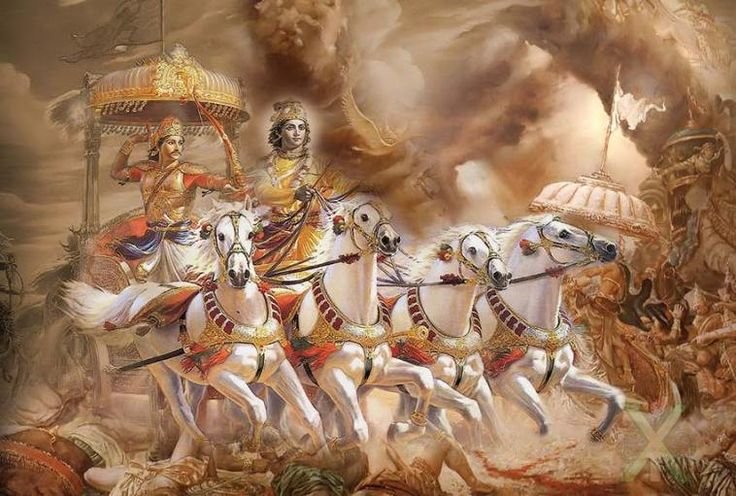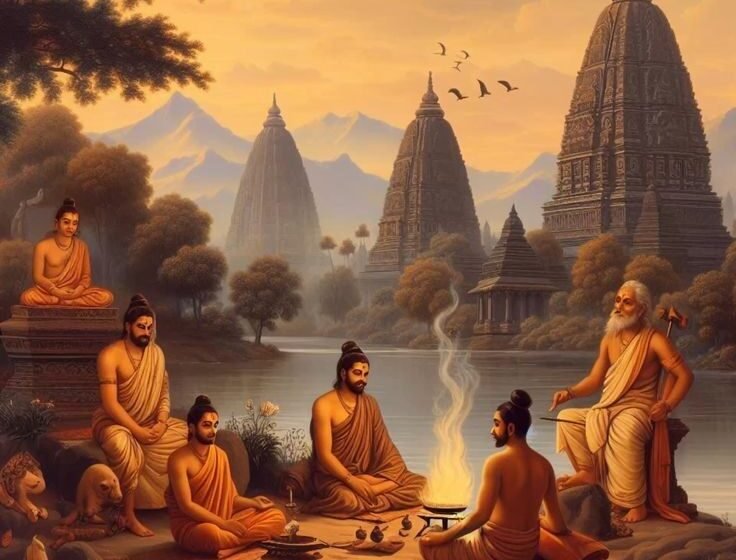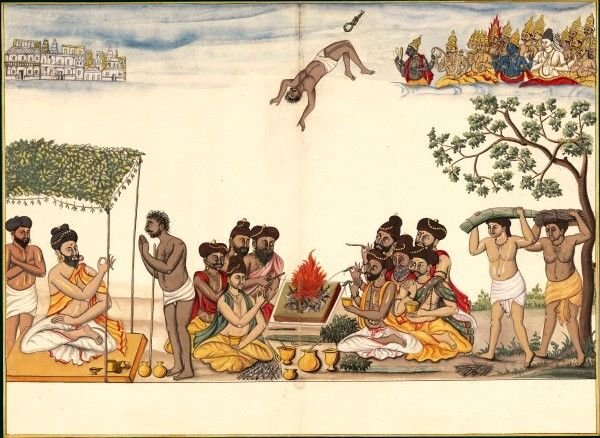Hindu mythology is an intricate web of deities, symbols, and esoteric concepts that transcend time and geography. Among the many enigmatic figures within the Vedic and post-Vedic traditions is Aja Ekapada, a one-footed god shrouded in mystery and associated with Rudra, storms, and cosmic forces. Unlike more commonly known deities such as Indra, Vishnu, or […]Read More
Tags : stories
-Trushti Dand A daring thief, a legendary outlaw, or a misunderstood hero—who was Kayamkulam Kochunni? His story is one of intrigue, adventure, and mystery, deeply woven into Kerala’s folklore. The stories of Kayamkulam Kochunni are legendary folk tales from Kerala, narrating the adventures of a Robin Hood-like outlaw who stole from the rich and helped […]Read More
–Trushti Dand The folktale “Chandu and Omana” originates from South India, particularly from the rich oral storytelling traditions of Kerala and Tamil Nadu. It reflects the region’s cultural values, emphasizing intelligence, perseverance, and the wisdom of collective problem-solving. Passed down through generations, this story is part of the larger Indian folklore heritage, often shared during […]Read More
Bhaga is a lesser-known but significant deity in the early Vedic pantheon, primarily associated with wealth, prosperity, and good fortune. He was once worshipped alongside Surya, the Sun God, and was considered one of the Adityas—celestial deities in Hinduism. His role in early Hindu thought, particularly in the Rigveda, highlights his importance as a distributor […]Read More
Shiva, the destroyer, the cosmic dancer, and the eternal force of transformation, has countless manifestations in Hindu mythology. Among these, one of the most intriguing and lesser-known forms is Sarabha, a powerful avatar that emerged to subdue the wrath of Lord Narasimha. This blog delves deep into the origins, significance, and forgotten glory of Sarabha, […]Read More
India is a land of diverse cultures, traditions, and beliefs, with an ancient religious history that dates back thousands of years. Hinduism, one of the oldest religions in the world, has evolved over time, and with this evolution, several deities have faded into obscurity. One such forgotten god is Aryaman, a Vedic deity associated with […]Read More
Revisiting the Ramayana and Mahabharata in contemporary Hindi poetry offers a fascinating lens through which poets reinterpret, question, and reframe the timeless epics to reflect present-day societal concerns, personal struggles, and evolving cultural identity. These reinterpretations often challenge conventional narratives, delve into neglected perspectives, and address issues such as gender, caste, power, and morality. The […]Read More
The heritage of medieval Sufi poetry in modern Hindi verse is an intriguing path of spiritual continuity, cultural evolution, and literary creativity. Sufi poetry, based on mysticism and the quest for divine love, became a potent literary and cultural force in the medieval era, particularly through the works of Amir Khusrau, Kabir, and Rahim, who […]Read More
Indian spiritual traditions use various terms to describe different types of seekers, ascetics, and practitioners. While these terms may sometimes be used interchangeably, each has a distinct meaning and role in spiritual life. Below is a detailed analysis of the differences between Rishi, Sadhu, Sant, Sanyasi, Muni, Bhakt, and Yogi based on scriptural references and […]Read More
Trishanku is a fascinating character from Hindu mythology, known for his unique fate of being suspended between heaven and earth. His story, primarily found in the Ramayana, highlights themes of ambition, defiance, curses, and the power of sages. Born as Satyavrata, he was a king of the Suryavamsha (Solar Dynasty) and the father of the […]Read More









